Light’s Emotional and Biological Effects: Light seems to play a critical role in one’s visual, emotional, and biological spheres of life. Originally, the use of light was limited in its illuminating function, as it allowed people to perform certain tasks without relying on the presence of the natural light source.
In that sense, the amount and quality of light had a direct impact on the task performance, and perhaps indirect impact on the experience of the performer. With this in mind, the role of lighting designers was focused primarily on the visual aspects of light, as they manipulated various technical and aesthetic aspects of this wonderful media “Light”. More recently, with new advances in technology, research is finding evidence that light’s influence goes far beyond just visual. For example, light is also known to impact people’s biological and emotional states.
Historically, people took advantage of the fact that color seems to change emotions, as can be seen in the way people respond to art and architecture. However, there are other influences that only now are becoming evident. It is known that light is transmitted from the retina to the hypothalamus, which is a part of the brain that among other things controls the Circadian Rhythms. This plays an important role in Circadian Rhythms — the body’s internal clock. When the rhythms do not match the 24-hour cycle it creates a misbalance in the organism and makes it much more vulnerable to stress. Furthermore, having not enough light seems to drastically suppress Melatonin, which is a hormone that is secreted in inverse proportion to the amount of light received by the retina and is critical in the regulation of biorhythms. Too much Melatonin causes drowsiness, while too little causes a high level of arousal – both of these states are not good for any optimal performance. Researchers found through studies on the effects light has on the psychology of people, that people placed in low light levels displayed a high level of agitation. Other studies have shown that people with pre-existing psychiatric conditions were even more sensitive to certain types of light. For example, researchers are suggesting that those individual afflicted with Autism may be more sensitive to the sub-visible flicker levels, and as a result may experience headaches, eyestrain, and increase in repetitive behavior. On the other hand, exposure to daylight has been found to improve sleep and Circadian Rhythms, lessen agitation among people with dementia, reduce levels of depression among those with Seasonal Affective Disorder and Bipolar Disorder, and generally decrease the length of time needed for recovery.
In summary, we can see that light has a broader spectrum of impact and the role of lighting designers needs to expand. Designers need to consider the psychological influences in addition to the aesthetic, perceptive and technical to tap into light’s emotional and biological effects.
For further ready please follow the link to The Impact of Light on Outcomes in Healthcare Settings by Anjali Joseph, Ph.D., Director of Research, The Center for Health Design
*Lighting Lesson by Julia Bregman, former Lighting Designer with The Lighting Practice





